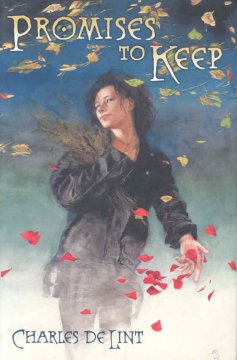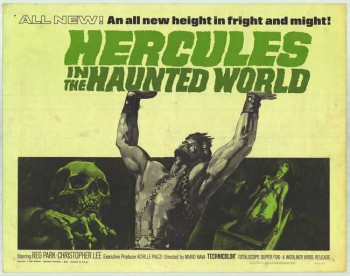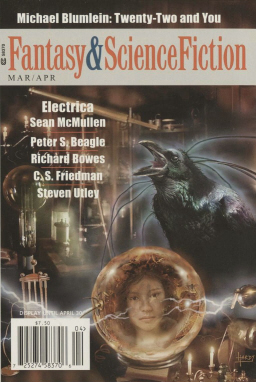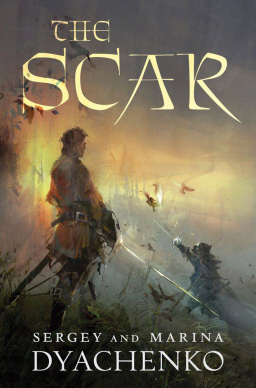Goth Chick News: Full Length Trailers for Shadows and Prometheus: It’s Getting Interesting…
 This week saw all sorts of new goodies being released to moisten your pallet for what will surely be two of the upcoming summer movie season’s biggest box office draws.
This week saw all sorts of new goodies being released to moisten your pallet for what will surely be two of the upcoming summer movie season’s biggest box office draws.
Let’s start with Dark Shadows and my assertion that if Barnabas Collins were really in his grave somewhere, he’d probably be spinning like a rotisserie ham.
It’s because the original vampire Collins wasn’t particularly heartthrob material (and proper vampires really shouldn’t be) that I didn’t mind some of the initial low-quality stills that came from Tim Burton and Johnny Depp’s rewind of the 1960’s TV cult classic.
Depp had his hair plastered down and was sporting a seriously pasty complexion.
Okay, fair enough. I did fret ever so slightly about the borderline comical nature of his look but, well, that’s just Burton and Depp.
Then on March 16th we finally get the goods: a series of character portraits and a full length trailer of Dark Shadows to hold us over the 55 or so days until its release on May 11th.
Oh joy, oh rapture, oh…. seriously?
A comedy?
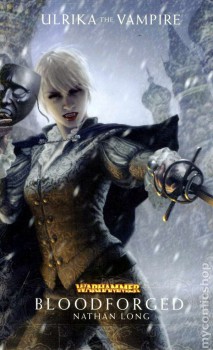 This week Black Gate picks up where we left off in
This week Black Gate picks up where we left off in 

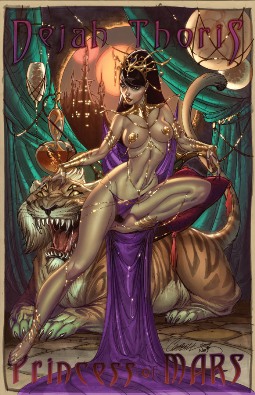
 Literary traditions are useful things. They’re constructions of literary critics, sure, but useful constructions. A well-articulated tradition can show how different writers deal with the same idea or theme, demonstrating different approaches to a given problem or artistic ideal. It can show affinities between writers, sometimes bringing out resemblences between different figures in such a way as to cast new light on everyone involved. At the grandest level, the whole history of writing in a given language or from a given nation can be seen to be part of a tradition, showing the evolution of a language or the concerns of a people.
Literary traditions are useful things. They’re constructions of literary critics, sure, but useful constructions. A well-articulated tradition can show how different writers deal with the same idea or theme, demonstrating different approaches to a given problem or artistic ideal. It can show affinities between writers, sometimes bringing out resemblences between different figures in such a way as to cast new light on everyone involved. At the grandest level, the whole history of writing in a given language or from a given nation can be seen to be part of a tradition, showing the evolution of a language or the concerns of a people.